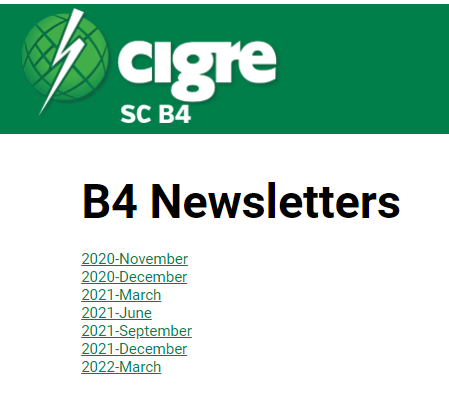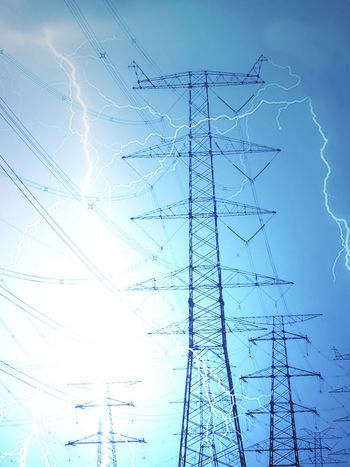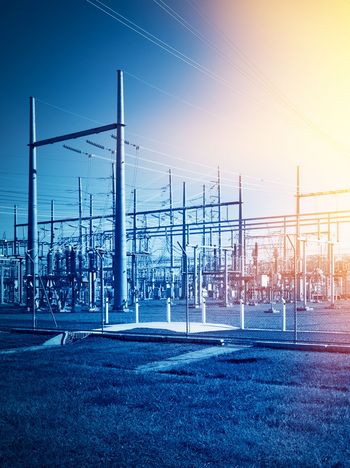DC Systems and Power Electronics
By Joanne Hu, Chair, & Rebecca Ostash, Secretary
Introduction
The DC systems together with other PE based devices continue to play a critical role in the energy transition to de-carbonized power systems. The recent DC market is largely driven by the rapid growth of renewable energy such as bulk onshore/offshore wind, solar and hydro globally. After a peak in 2017, the installed DC power capacity reached to ~315GW in 2022 and most likely double by the year 2050 as projected in Figure 1.
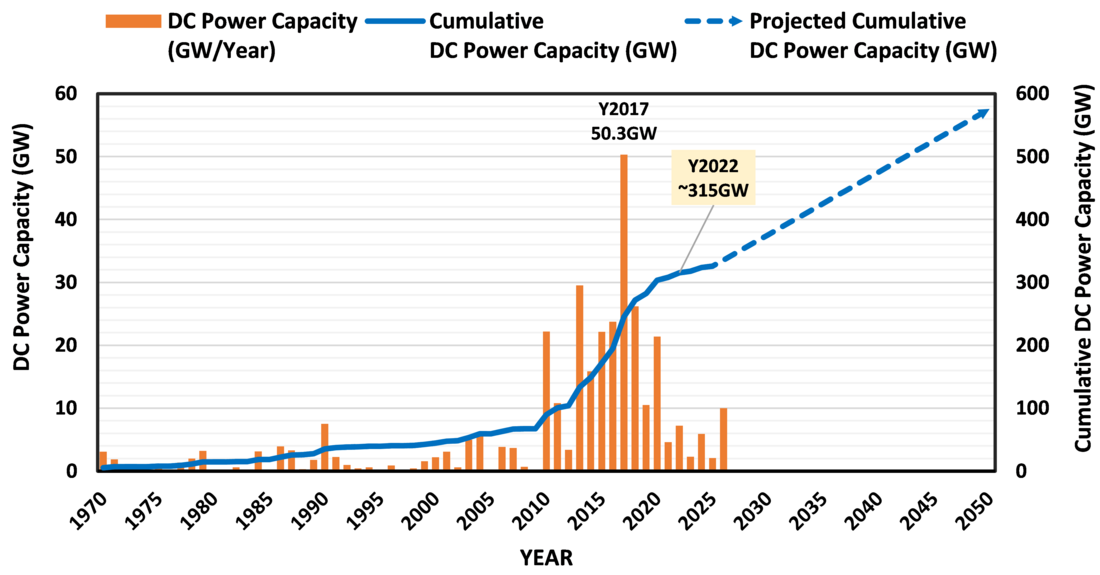
Figure 1 - DC Power Transmission Capacity (1970-2050)
Although thyristor based Line Commutated Converter (LCC) HVDC continues to support long distance large power transfer through higher voltage and power rating, the number of projects is decreasing. On the other hand, the VSC HVDC is becoming the primary DC technology as it is marching to higher voltage and power ratings with the development of higher power IGBTs converter and new configurations as well as the technical advantages it offers in the integration of renewables. The total number of DC systems is estimated to be close to 350 in 2050 as shown in Figure 2.
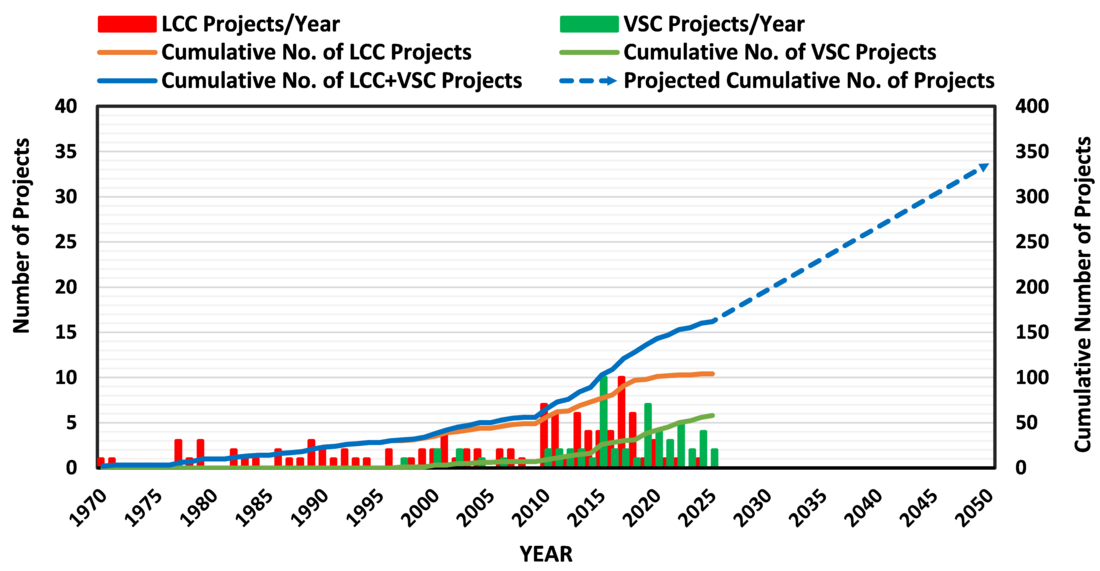
Figure 2 – Number of DC Projects (1970-2050)
In addition to the point-to-point DC connections, the technologies and standardized requirements associated with multi-terminal HVDC and HVDC Grids are further advanced to provide flexible and reliable interconnection and integration of existing and future power grid for power transfer and energy exchange.
The Flexible AC Transmission System (FACTS) market is also growing with increased power rating of Static Var Compensator (SVC) and Static Synchronous Compensators (STATCOM) projects to support the transmission of AC power, improve voltage stability and support the change of generation patterns within the ac networks. PE devices are being more widely used in the distribution system for power quality control and voltage regulation.
Scope of Work
The scope of SC B4 covers DC systems and Power Electronics (PE) equipment in both transmission and distribution systems. The study committee also addresses DC Converters for the integration of distributed renewable (PVs) and energy storage as well as power quality control. SC B4 covers the full spectrum of DC systems and PE devices including specification, design, implementation, operation, maintenance, refurbishment of DC, FACTS and power electronic devices from transmission to distribution systems.
Structure of SC B4
SC B4 is organized as shown in Figure 3. The members of SC B4 come from transmission system operators (TSOs), manufacturers, utilities, distribution system operators (DSOs), consultants, universities and research institutes.
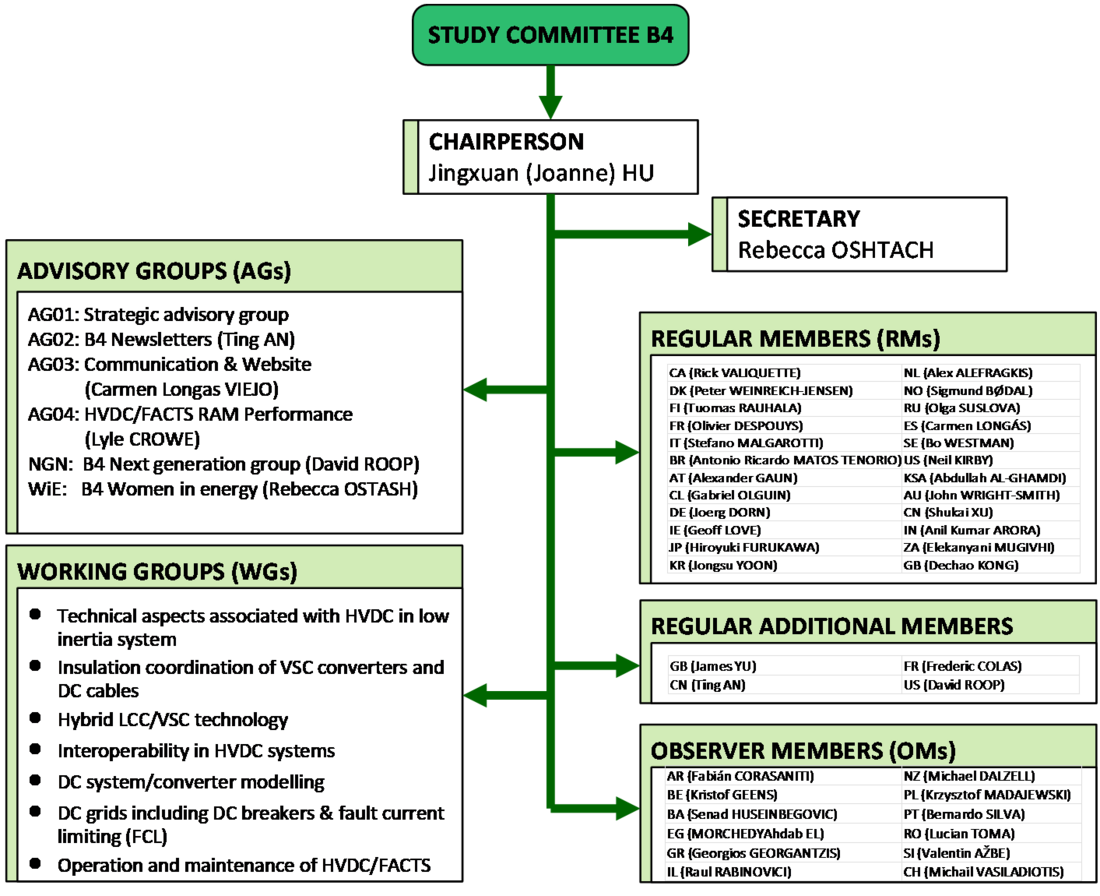
Figure 3 – Organization of Study Committee B4
Working Group Focuses
The increased penetration of renewable energy and retirement of conventional large synchronous machines have inherently introduced many new technical challenges to the power industry such as the need for optimized reactive power control schemes, operation under low short circuit level and reduced inertia conditions. SC B4 is and will be focusing on investigating and tackling these technical issues during the next ten years. For example, the technologies of inverters with Grid-Forming control capabilities are being developed to improve and enhance the reliability and stability of the PE dominated power system with integration of growing renewable generations and battery storage resources.
A new Working Group targeting grid forming converters (GFCs) has been proposed to explore potential grid forming functions of GFCs for secure and reliable operation of future electricity systems in support of the Net Zero transition and to achieve dominant design for a wider range of PE-based technologies, facilitating potential opportunities in certain regional nascent markets for these GF-based services.
Completed Working Groups
Six (6) Working Groups including one joint WG completed their work and published Technical Brochures.
Active Working Groups and Joint Working Groups
SC B4 has nineteen (19) active Working Groups including fourteen (14) B4 WGs and four (4) Joint WGs with other SCs as well as one Joint Task Force.
B4.64 | Impact of AC System Characteristics on the Performance of HVDC schemes |
B4.69 | Minimizing loss of transmitted power by VSC during Overhead line fault |
B4.71 | Application guide for the insulation coordination of Voltage Source Converter HVDC (VSC HVDC) stations |
B4/B1/C4.73 | Surge and extended overvoltage testing of HVDC Cable Systems |
B4.75 | Feasibility Study for assessment of lab losses measurement of VSC valves |
B4.79 | Hybrid LCC/VSC HVDC Systems |
B4/A3.80 | HVDC Circuit Breakers - Technical Requirements, Stresses and Testing Methods to investigate the interaction with the system |
B4.81 | Interaction between nearby VSC-HVDC converters, FACTs devices, HV power electronic devices and conventional AC equipment |
B4.82 | Guidelines for Use of Real-Code in EMT Models for HVDC, FACTS and Inverter based generators in Power Systems Analysis |
B4.84 | Feasibility study and application of electric energy storage systems embedded in HVDC systems |
Interoperability in HVDC systems based on partially open-source software | |
C4/B4.52 | Guidelines for Sub-synchronous oscillation studies in power electronics dominated power systems |
B4/A3.86 | Fault Current Limiting Technologies for DC Grids |
B4.87 | Voltage Source Converter (VSC) HVDC responses to disturbances and faults in AC systems which have low synchronous generation |
TF B4/B1.88 | Insulation coordination procedure for DC cable systems in HVDC stations with Voltage Source Converters (VSC) |
B4.89 | Condition Health Monitoring and predictive maintenance of HVDC Converter Stations |
B4.90 | Operation and maintenance of HVDC and FACTS Facilities |
B4.91 | Power-electronics-based transformer technology, design, grid integration and services provision to the distribution grid |
B4.92 | STATCOMs at Distribution Voltages |

CIGRE active Working Groups / Call for experts
HVDC Green Book Progress
B4 is preparing a Green Book on “High Voltage DC Transmission Systems” led by our editors Bjarne and Stig. As the volume of the HVDC Green Book is extensive, a list of CIGRE HVDC experts have agreed to split the responsibility and contribute and have been assigned sections in the book. There are ~55 experts contributing to the book. The index of the book is completed, along with a few chapters that are already completed. The idea is to publish chapter by chapter as they become ready.

Tutorials and workshops in 2021/2022
2021 Paris VCS | 23 August 2021 | Part 1: DC Side Harmonics and Filtering Part 2: Harmonic stability and converter interoperability |
2022 Paris Session | 29 August 2022 | DC grid benchmark models for system studies |
2021 CIGRE Virtual Centennial Session (VCS)
SC B4’s Group Discussion Meeting (GDM) was held on the 18 and 19 of August at the 2021 Virtual Centennial Session. Each B4 GDM session was attended by approximately 100-130 delegates. The 25 questions prepared by the special reporters were used as the basis for the discussion. The discussion included 41 prepared contributions, four invited presentations from CIGRE young (NGN) members as well as four invited presentations on the topic of COVID-19.
Post and Planned SC meetings
SC B4 held the SC meeting in November 2021. A total of sixty-six members and guests attended the meeting.

SC B4 will host a SC meeting in Paris in conjunction with the CIGRE Paris session in 2022 and in Vienna, Austria in 2023.
Participation in Regional Meetings, Colloquia and Symposia
SC B4 participated in Ljubljana Symposia in 2021 and will participate CIGRE/GCC Muscat Symposium in 2023.
Liaisons and Relations with Other CIGRE Study Committees and Organisations
SC B4 actively collaborates with other Study Committees to promote joint effort and knowledge sharing to achieve the best outcome of the Study Committee work. SC B4 continues to cooperate with IEC TC115, IEC/SC22F, CENELEC and IEEE.
B4 Next Generation Network (NGN) Group
We formed the B4 Next Generation Network (NGN) group and recruited many energetic NGN members. We are welcoming more young members to join this NGN group.
B4 Women in Energy (WiE) Group
We initiated a WiE group within B4. The goals of B4 WiE would be to increase women involvement in B4 through membership, Working Group participation (convenor or member), leadership, mentorship as well as to participate in CIGRE WIE forums at Paris sessions and include WIE slot at all future B4 events. Presently, B4 has forty-eight (48) women engineers and plan to meet during the Paris 2022 Session.
SC website and Newsletters
SC B4 has been using the B4 website to post news and share the latest information related to SC B4 activities.
We have published seven issues to date since October 2020. Our B4 newsletters are tailored to capture and share the latest activities from our B4 community at international/national levels, identifying opportunities, addressing challenges and sharing best practices in DC systems & Power Electronics. In addition, we also share our vision and insight into B4-associated topics/areas, particularly in the context of significant evolution of global power & energy markets with distinctive features of 3D.

